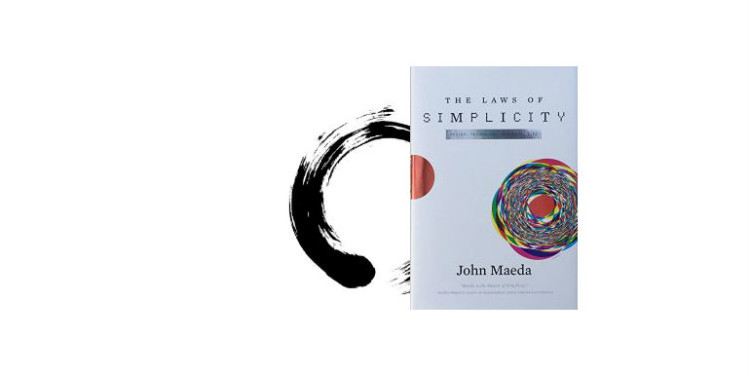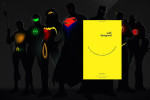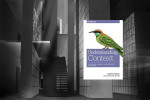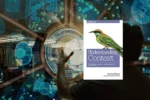The Laws of Simplicity

Thoughtfully reduce size, features, and time to move towards simplicity. Simplicity and complexity need each other. Some things cannot be simplified.
The Laws of Simplicity (Simplicity: Design, Technology, Business, Life) by John Maeda
This book is a collection of principles which point towards simplicity. Maeda includes examples from design, education, business, and life (messy closets) in this book which encourages us to put into practice his ten laws and three principles. Sometimes intersecting, these ideas provide paths to an elusive aesthetic.
There isn’t a “problem statement” at the beginning of the book or a value proposition for business leaders. Rather, it’s an exploration of ways of thinking about simplicity. Maeda assumes the desirability of simplicity and does not set forth an argument to convince readers of its benefits.
Simplicity is about subtracting the obvious and adding the meaningful.
Maeda discusses reduction in its many forms as a way of achieving simplicity. Making things smaller often minimizes expectations and raises the changes of unexpected functions and benefits. We often think that something small cannot be powerful, but great power can be hidden within small packages. Integrated circuits drive miniaturization, but they can also increase complexity.
Reduction works along the spectrum of: “how simple can you make it” to “how complex does it have to be”? Be careful what you remove.
When there is nothing left to remove, you can begin hiding functions. Like a Swiss Army knife or a VCR panel, sometimes necessary, but not primary, controls and benefits can be put in the background.
Reduction can also be thought of as concentration and potency: focusing a product or service on a single brand attribute. The physical item embodies a value proposition and becomes larger than it is in real life.
Groups are good; too many groups are bad because they counteract the goal of grouping in the first place.
Use our natural inclinations towards organization to help people understand and use your designs. The Gestalt principle says we try to form patterns out of chaos; we are always looking for the forest beyond the trees. Designing for naturally discoverable groups will lead you towards simplicity.
Observing what fails to make sense to the non-expert, and then following that trail successively to the very end of the knowledge chain is the critical path to success.
Use the “beginner’s mind” to view your product through the eyes of a novice to discover where avenues to simplicity lie. Travel the path of the master back to the beginner to understand essence of a subject. Experts will dismiss the beginner’s questions at their own risk–this creates an obfuscating fog of unnecessary complexity.
The more complexity there is in the market, the more that something simpler stands out.
The tremendous power of technology to add complexity creates openings for simpler offerings. Complexity and simplicity define each other as opposites and present a spectrum of options for the designer. Finding the right balance may take several steps.
Achieving clarity isn’t difficult. The true challenge is achieving comfort.
Use emotional intelligence to guide your design. You are designing for humans, after all, and emotions are what last. People apply anthropomorphism to all objects–use this to your advantage to endow your product with a personality. Spirits can live anywhere.






